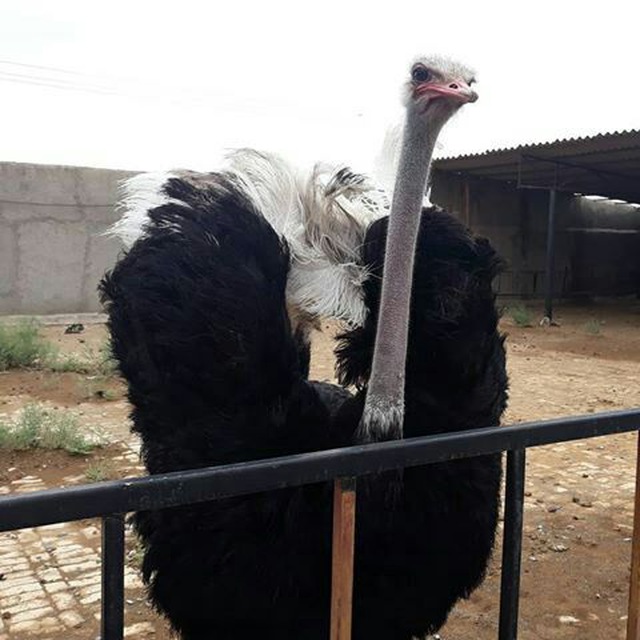Dr H Zehtab
7- Other symptoms:
If a velvety and towel-like appearance is seen in the second part of the intestine during the autopsy, we have necrotic enteritis.
If we have swelling in the beard, the first thing that can be suspected is pasteurellosis (cholera), which is acute on one side and chronic on both sides. The inclination of the head to the back is a sign of involvement of both ears and to the sides is a sign of involvement towards the affected ear.
If over the age of three months, we have serous secretions, purulent nose and eyes, and swelling of the sinuses of the face and beard, conjunctivitis, and mainly the upper part of the respiratory system, but the casualties of the disease are not high and the contagion reaches 100%, we may be facing a crisis.
Fat spoilage causes ascites and milky white fluid. Losses are somewhat high but relatively stable and the appetite is good.
Mouthing, weakness and paralysis, tremors and sudden death are symptoms of heat stroke. Losses are somewhat high but relatively stable and the appetite is good.
Ascites due to the rapid growth of chickens and increased exposure and increased cold (winter) and too much sodium in the diet and the young age of the mother hen.
Cannibalism (self-eating) due to lack of protein – crowding – lack of salt and high light.
Sudden Death Syndrome or “S.D.S” is usually characterized in roosters by hovering and falling on their backs. In the carcass, the chest is colorless, the intestines and viscera, the heart and lungs are full of blood, the digestive system is full of food and the bile is empty. In laying hens, at the peak of egg-laying, it is determined by the prolapse of the prolapsed cloaca.
If in young chickens, shortness of breath and breathing with open mouth without respiratory rales – eye secretions under the third eyelid and nose in the eye form – neurological symptoms (imbalance – epistotenus – backward movement and paralysis) in the brain form and in the carcass of Caseozbinim nodules We have Aspergillus. In the infected egg, the air chamber is covered with a green felt covering. If the losses are from the first day, it is due to the contamination of the hatchery, which causes 10 to 50% losses, and then the disease becomes chronic, in which the birds suffer from oxygen deficiency and ascites due to chronic respiratory distress. Delayed losses from litter or contaminated food. Small millet grains are caused by hatchery contamination and larger grains on the lung and segdan are the cause of grain contamination.
Thanks to Hamid Zahtab
